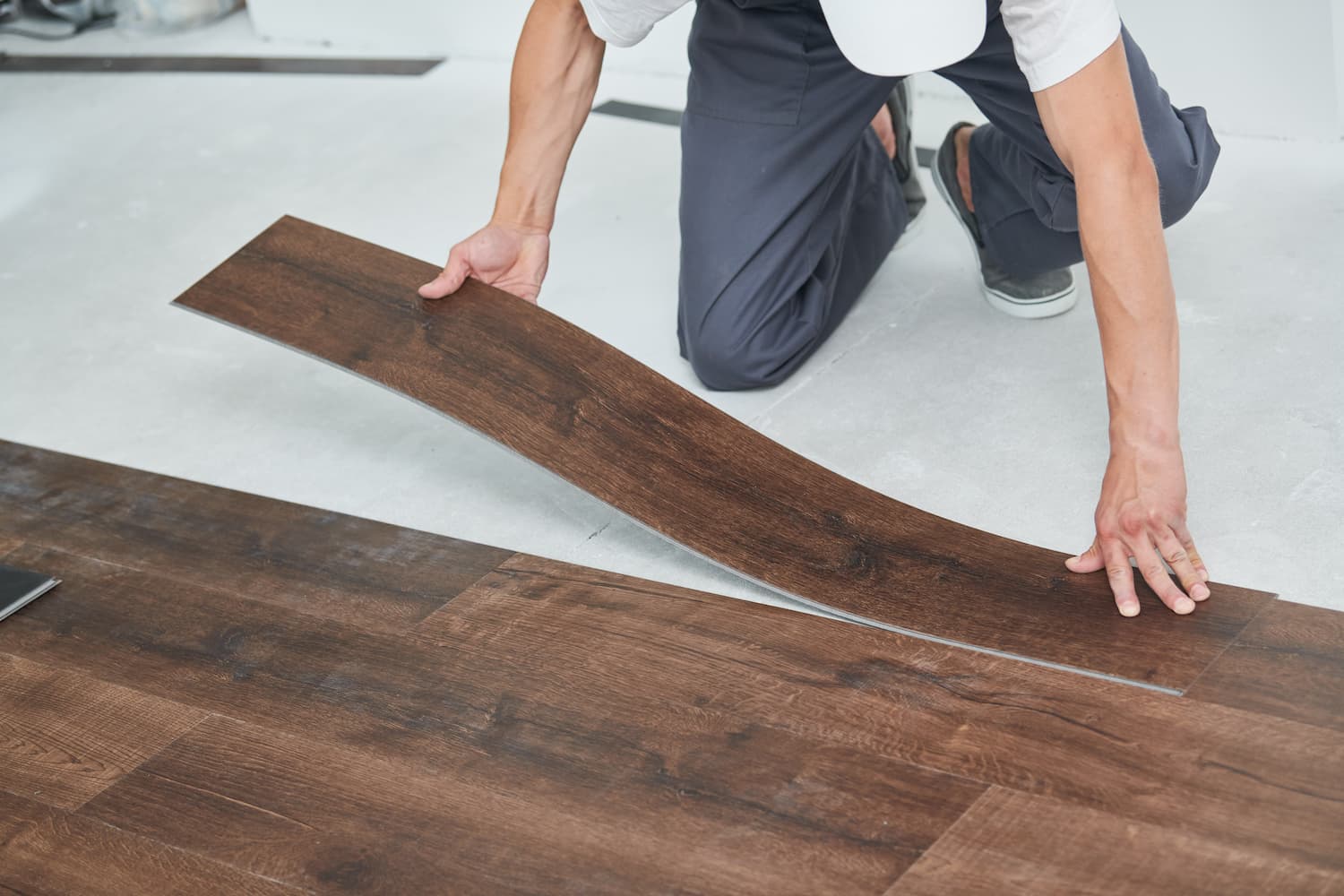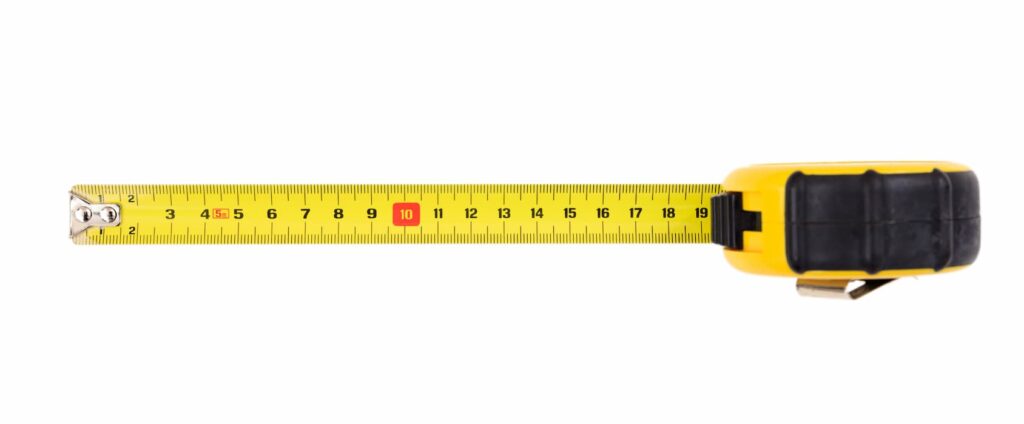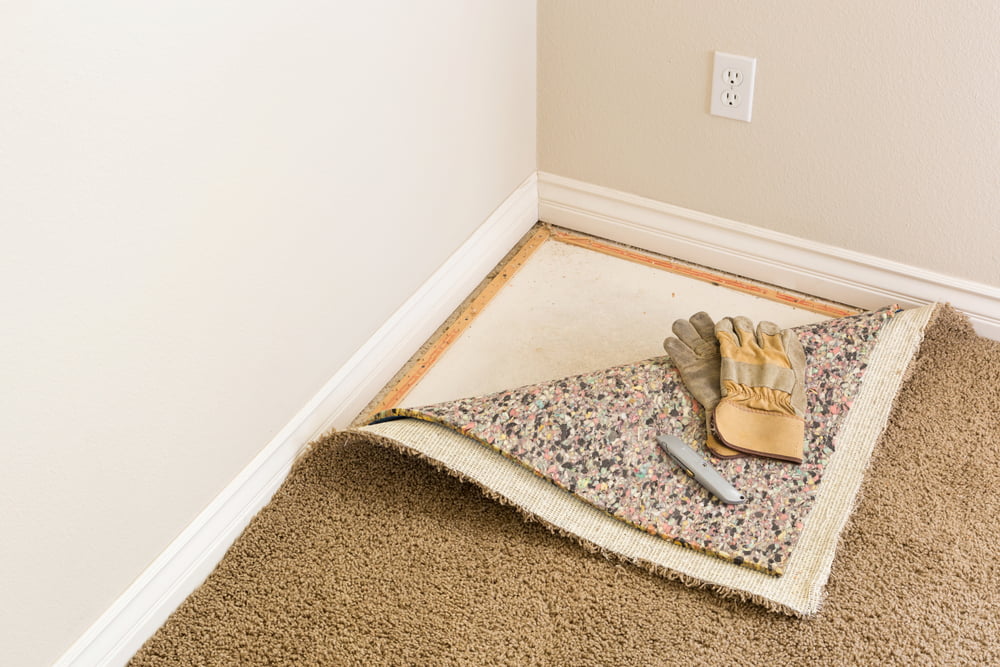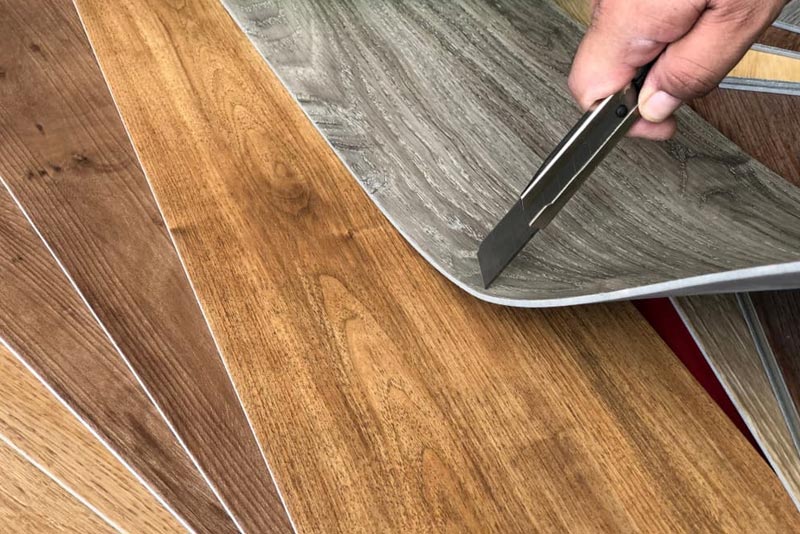
Vinyl flooring in a business is quick to install, and the results are beautiful, but you may wonder if an underlayment is necessary. There are several factors that help you determine it’s need based on your existing floor. Luxury vinyl plank, also called resilient flooring, may require underlayment depending on some factors. Let’s look at the factors determining whether you need to use underlayment for vinyl flooring and how our Precision Flooring team can help install your new floors.
WHAT IS UNDERLAYMENT
Underlayment, made from foam, felt, cork, or rubber, is placed over the subfloor. The subfloor will sit between the flooring and the subfloor, which act as a foundation. Doing so creates a smooth and level surface for your flooring to sit on.
Underlayment also creates a softer feeling for your feet, providing sound reduction and moisture protection for your floor.
HOW DO I KNOW IF I NEED VINYL FLOORING UNDERLAYMENT?
Your business’s existing floor can help you determine if underlayment is needed. If your floor is resilient flooring, cushion-backed vinyl, or below-grade tile floor, there’s no need for underlayment. For floors that don’t fall into this category, it’s best to install underlayment. Examples include concrete floors, hardwood floors, and uncushioned vinyl flooring commonly found in businesses.
WHAT KIND OF UNDERLAYMENT DO I NEED FOR VINYL PLANK FLOORING?
Your subfloor will act as a great indicator as to whether or not an underlayment is needed or not.
CONCRETE SUBFLOOR
Concrete is tough, so an option could be to include an underlayment to provide cushioning for employees and customers. The underlayment will also act as a moisture barrier and can provide insulation during the winter months.
PLYWOOD SUBFLOOR
You won’t need to worry about moisture if your subfloor is made from plywood. Instead, consider whether you’d like to install underlayment to add extra cushioning and sound reduction.
HOW TO INSTALL VINYL PLANK FLOORING UNDERLAYMENT
The laying underlayment for vinyl flooring is pretty straightforward, and our professional team makes the process look quick and easy. First, they thoroughly clean the subfloor or existing floor and make sure it’s completely dry. Then, our flooring experts follow these steps:
- Install the underlayment to face the opposite direction of the flooring.
- The material is rolled out from one corner to the opposite end of the room — with the shiny side facing up.
- Additional pieces of underlayment will be placed next to one another with precision so they never overlap.
- Any seams are sealed with packing tape.
You can glue your underlayment to the subfloor, but it’s not necessary. This is typically done in spots that see a lot of high traffic in your business.
CONTACT THE BEST VINYL PLANK FLOORING INSTALLATION PROS IN THE DC METRO AREA
Precision Flooring is a contractor that provides turnkey flooring solutions to commercial customers throughout the DC Metro area. We offer a variety of services, including the installation of underlayment for resilient flooring. Whether you need to have the flooring installed or replaced, contact us today. Our team will be happy to provide the perfect flooring solutions for your business.
Image: Dmitry Kalinovsky, shutterstock




